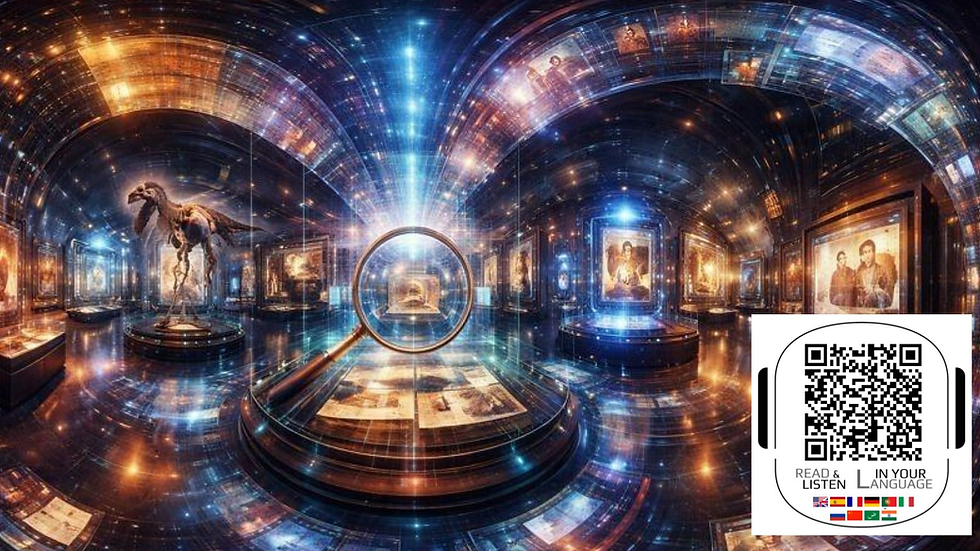The Rise of Open-Air Museums in the Digital Age: Where Space, Story, and Technology Converge
- carlo1715
- 21 apr
- Tempo di lettura: 2 min

Once rooted in the romantic ideal of preserving rural life and folk traditions, open-air museums have evolved into dynamic cultural landscapes that blend history, nature, and now, digital innovation. In an era where indoor public spaces face challenges from climate change to pandemics, these expansive institutions offer an increasingly vital model for how museums can operate, engage, and inspire.
The Original Immersive Experience
Long before virtual reality, open-air museums pioneered immersion. These institutions pioneered by Skansen in Sweden in 1891, offer reconstructed historical buildings, costumed interpreters, and live demonstrations that transport visitors across time. They turn passive spectators into active participants. Today, their relevance is resurgent. As society craves authenticity and tactile connection, open-air museums provide a powerful counterbalance to screen-dominated life. Yet they are also embracing digital tools not as replacements, but as amplifiers of their unique environments.
A New Chapter: Augmented Authenticity
In the digital age, open-air museums are harnessing technologies like AR, geolocation, and AI-powered storytelling to add layers of meaning without compromising their physical integrity. Imagine a visitor walking through a 17th-century farmstead and pointing their phone at a barn door suddenly, a holographic blacksmith appears to explain his tools, his daily rituals, and the community he served.
Institutions like the Beamish Museum (UK) and the Colonial Williamsburg Foundation (USA) are leading this hybrid approach, weaving in mobile apps, audio tours, and digital interactives that enhance on-site experiences. This convergence allows for multilingual access, deeper interpretation, and inclusive design, ensuring more people can connect with the stories embedded in the land.
Open-Air as Open Platform
These museums are not only open in form, but increasingly open in philosophy. They invite community participation, local stewardship, and the integration of intangible heritage, from oral histories to seasonal rituals. In doing so, they challenge traditional museum hierarchies.
Curators become facilitators, digital media becomes memory keeper, and the museum becomes a living platform for culture in motion. Many now host makerspaces, environmental education programs, and intergenerational storytelling projects, aligning with both sustainability and social equity agendas.
Climate Conscious and Resilient
Amid a global climate reckoning, open-air museums offer a unique vantage point. Not only are they vulnerable to environmental changes, but they are also uniquely positioned to model resilience. By integrating green building practices, native landscaping, and climate-focused exhibits, they become both a reflection of the past and a prototype for sustainable futures. Digital tools also assist in conservation, drones map erosion, sensors monitor soil and humidity, and digital twins enable virtual preservation of endangered structures.
The Future Is Open
At Living Museum, we see open-air museums not as nostalgic retreats, but as progressive frontiers. They are laboratories of community, ecology, and storytelling, where physical space meets digital interface, and heritage becomes a shared canvas for innovation. For forward-thinking directors and curators, the question is not whether to digitize but how to do so in a way that enhances authenticity, deepens impact, and remains rooted in place. The open-air museum of the future will be one where history breathes, technology listens, and the public co-authors the experience. Because in the digital age, being “open-air” is not just about having no roof. It’s about having no walls between past and present, analog and digital, institution and community.



Commenti